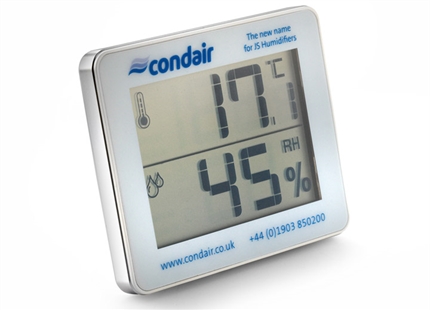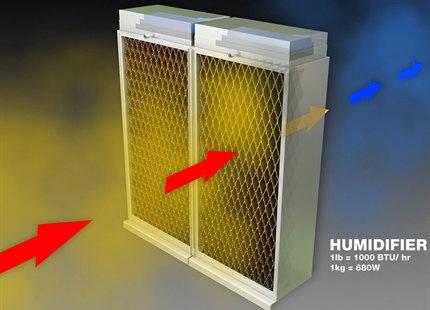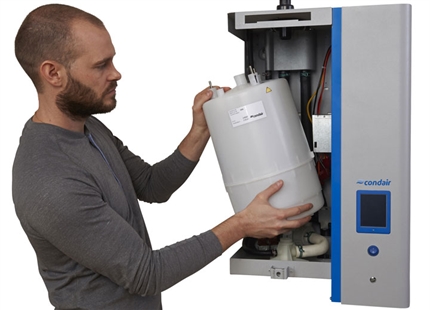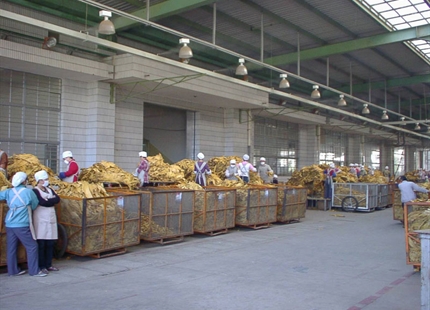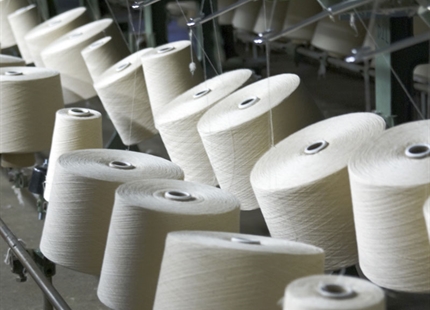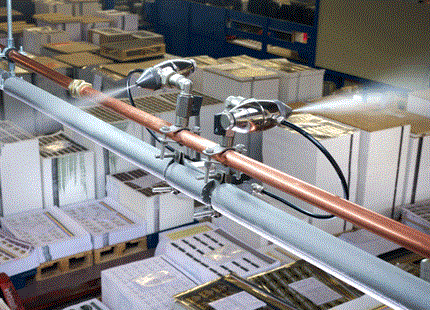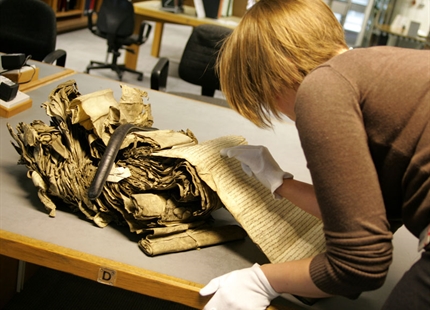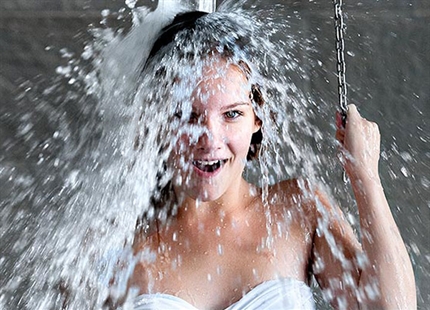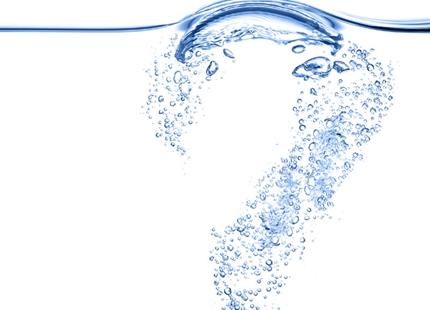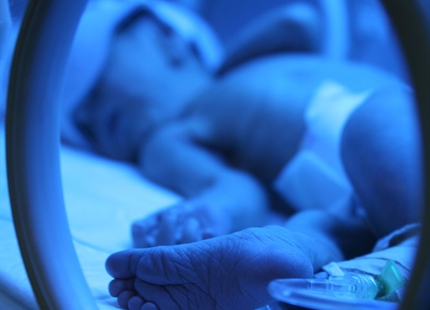
Author: Gokhan Yalinay, Managing Director, Condair Turkey
Return to work: how to manage a healthy humidity
Gokhan Yalinay, Managing Director for Condair Turkey, looks at how businesses can adhere to guidance on indoor humidity levels in a post lockdown, COVID world.
As part of their COVID-19 “return to work” guidance, many leading authorities in the air conditioning and building services sector are advising employers to maintain their workplace humidity at between 40-60%RH. Studies have shown that this level of humidity improves our respiratory immune system’s defences, as well as minimising the time viruses remain airborne and infectious.
Authorities all around the world are advocating a minimum lower limit on indoor humidity of 40%RH to combat COVID-19, minimise viral infection and improve employee health.
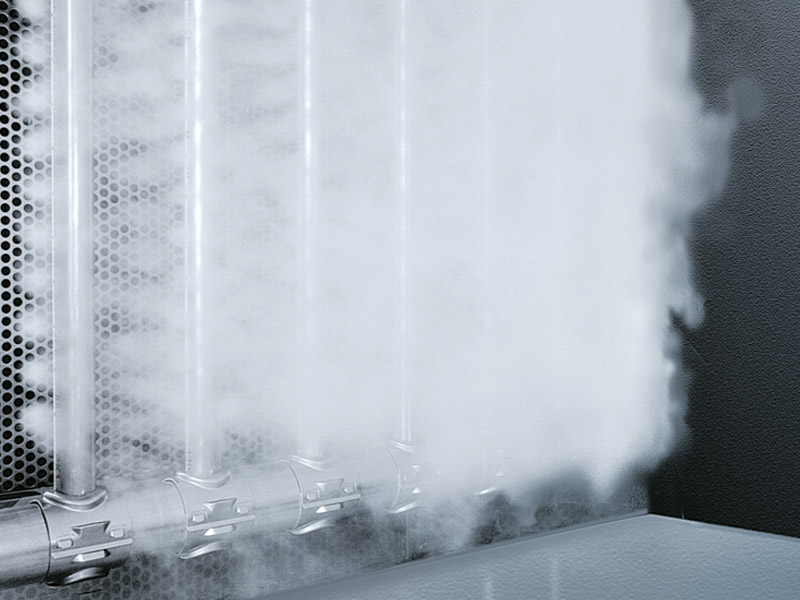
...a humidifier can be fitted into the central air handling unit...
Indoor humidity is largely dependent on the outdoor humidity and whether any indoor heating is drying the air. Typically, indoor humidity levels will only drop below 40%RH in the colder winter months, when the outdoor temperature is less than around 10°C and the indoor air heated to above 21°C.
So for any businesses returning to work over the spring and summer months, their initial indoor humidity will be one that is positive for health. One less thing to worry about. However, in October the indoor humidity will be falling into the dry danger zone of less than 40%RH. Depending on the complexity, it can take around two months to properly design, install and commission a building’s humidification system. So for businesses to be ready for the dry winter season, they must act on time to ensure they have the systems in place to continue to provide optimal conditions for employee health.
If a building has a central air treatment system and air ducts to ventilate its rooms, then a humidifier can be fitted into the central air handling unit. Air handling units will typically be designed to either have a humidifier incorporated from the start or be able to accommodate a retrofitted system.
For buildings without central air ducts and air handling units, humidifiers can be located directly in rooms. In-room humidifiers can be wall or ceiling mounted or even portable units, which can be removed during the warmer summer months.
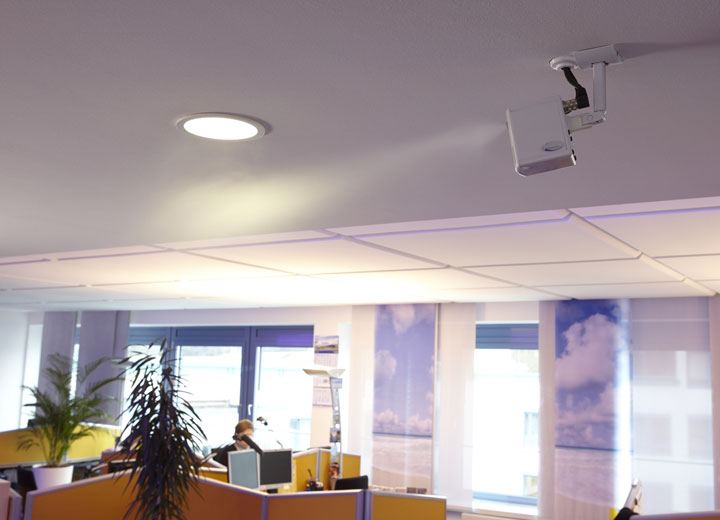
...in-room humidifiers can be wall or ceiling mounted...
Commercial humidifiers deliver moisture to an atmosphere by either boiling water to create steam, creating a fine mist that rapidly evaporates, or by directly evaporating moisture from a wetted surface. There are many types of commercial humidifiers that employ one or more of these three mechanisms, and which can be used for both in-duct and in-room humidification.
A humidifier's output is controlled by a humidistat, much the same way as a heating system is controlled by a thermostat. A sensor is located either in the air duct or the room, which monitors the humidity level and controls the output of the humidifier accordingly. This ensures that a building’s indoor humidity is maintained at a set level, without over or under humidification.
Operators of large offices or buildings will typically employ a building services consultancy to give advice on what humidifier strategy is right for their building and its business needs. These consultancies will liaise with humidifier manufacturers and suppliers to select and size an appropriate system and installation strategy. Once approved, building services contractors can be employed to fit the humidification system, with either the humidifier supplier or the contractor undertaking the commissioning.
For smaller buildings, with less complex needs, business owners can liaise either directly with the contractor or the humidifier supplier to design and install the system.
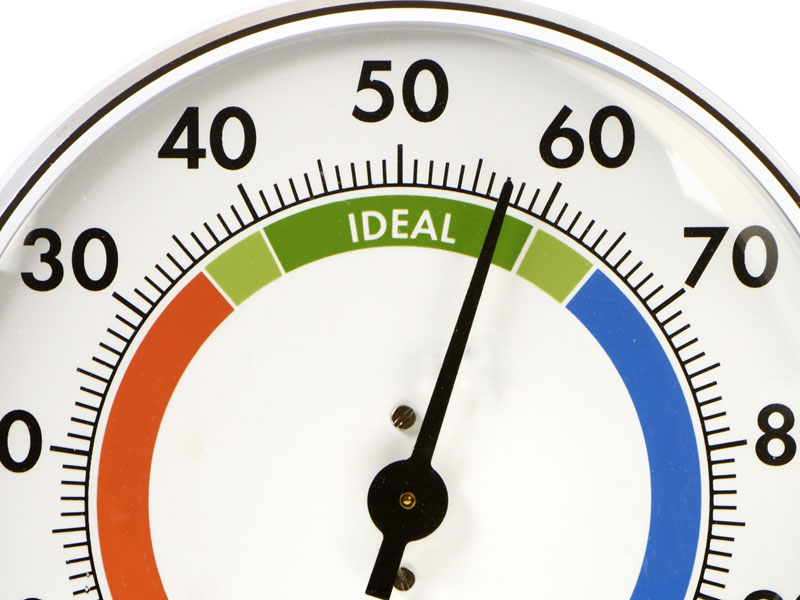
Any building, no matter how big or small, can be humidified to an optimum level...
Once installed, the humidifier is then operated and maintained by the on-site facilities management team. Like any building services system, all humidifiers will need occasional maintenance, and this can sometimes be outsourced to specialist companies, depending on the complexity.
Any building, no matter how big or small, can be humidified to an optimum level throughout the year. Building humidification has remained the poorer, less well known cousin of heating and cooling. Building occupants will immediately recognise if their environment is too hot or too cold, but as humans have no sensory perception of humidity, this aspect of our indoor air quality is frequently not so closely monitored or managed.
The wealth of science is showing that 40-60%RH is an effective infection control mechanism has been available for many years and continues to grow. What is very disappointing is that humidification for health is used frequently in high-end offices, where there is great focus on minimising staff absenteeism, but isn’t employed by health service to protect patients and frontline care workers from respiratory viral infection.
Given the world’s attention on ensuring our working environments are as safe as possible in a post lockdown, COVID-19 world, and the swell in authoritative voices advocating the benefits of 40-60%RH, humidification is set to play its part in maintaining optimum indoor air quality and improving the people's health.
Back to the Knowledge Hub

